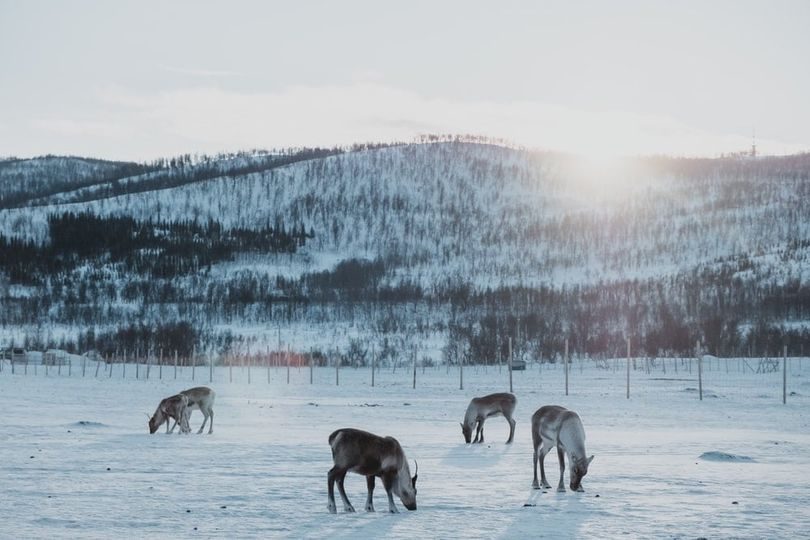Every companion and farmed animal appreciates warmth and shelter during the winter chills; it is our responsibility to ensure they get it.
Farm animals appreciate shelter belts, cops of trees, keeping their coats on until the weather warms up, quality feed to warm their bellies and routine health checks for parasites, worms and foot care. When looking around some of the lifestyle blocks and large farms, few appear to meet the basic requirements of the pathetic Animal Welfare Act. I certainly don’t see ‘provision for adequate shelter’ when the ewes are piled up against the open fence line in a blizzard !
Our farm dogs may fair a little better, although there are still many rickety kennels under the plum tree with nothing but a board floor, a chain and a frozen-over bucket of water.
Some stock are particularly susceptible to the cold and wet,. Whether you use them as weed control or fleece, It takes only a little time and effort to erect a shelter in their paddock.
Pneumonia is common, particularly in the goat, ,and is characterised by a rise in temperature, coughing, depression and lack of appetite. Respirations are increased, clear mucous may appear on the nostrils, which may give way to a more purulent discharge. Grunting and mouth breathing may occur in severe cases.
The homeopathic remedies include Ferr Phos ( give first and as soon as possible ) followed by Bryonia (if the animal does not want to move) , Drosera in the young animal with spasmodic cough, Beryllium where symptoms are more severe than you think on examination and the slightest movement brings on coughing.
Pleurisy is usually secondary to pneumonia, consider homeopathic Bryonia, or Apis where there is fluid collection in the brisket or Ars Iod where the case is slow to respond.
If the animal has had prolonged exposure, has cold breath and on the point of collapse use Carbo Veg. even where there is apparent death or gasping for air; this is the remedy you should have in your mustering kit. The frostbite remedy is Agaricus.
The common signs of hypothermia ( low body temperature) in animals are
sleepiness, lethargy, not feeding, weak movements, comatosed, body feels cold to touch. The treatment is to apply warmth slowly, (take care with heat lamps as the animal may not be able to move away from it and consequently suffer burns.)
Who thinks to put a grief remedy in the drinking troughs when the ewes have lost their lambs ? Makes for a better recovery, less stress and the ability to get up and get on with life. I would suggest Ignatia, Natrum mur or Staphysagria.
.
Our companion animals can suffer also; as always, nothing beats good nutrition to ward off the winter ills.. The intake and type of food over the cold winter months may need adjusting as your pets adapt their lifestyle to the conditions. Warming herbs may be used, along with honey and slippery elm balls in the winter ailment food program. Dulcamara is a great homeopathic remedy for ailments from the wet weather.
Arthritis is usually worse in winter, especially in the older animal or at the site of old injuries. Ensure the food is warmed slightly for them, and keep them rugged up. Arthritis responds to real food and the Bioptron Light therapy, the results we have had at The Centre have been very positive ; animals that couldn’t rise or walk, spinal injuries and degenerative conditions have all responded well.
Caring owners are bringing these animals in for treatment in preparation for the cooler changes. There are some great caregivers out there, keep up the good work!

